26 Forces that Will Shape Medicine
In this report, we don’t shy away from making specific predictions on just how the dominoes fall. To make those forecasts, we picked the 26 most powerful forces in the world that will shape medicine. Eleven of these forces are new medical technologies. Seven of the forces are computing technologies, and eight are global sociodemographic forces. Our panel of futurists and consulted experts each ranked the 26 forces on a scale of 1 to 10. The average across all futurists resulted in a force strength score.
Using the same methodology, we ranked all the stakeholders in healthcare on a motility scale. A higher motility score meant that stakeholder was more likely to break away, or switch. Stakeholders who have demonstrated previous switching behavior, for instance, would likely switch again. For example, in the last decade we’ve seen physicians take buyouts en masse to be employed by hospital networks, and we’ve seen a major migration to self-funding among large employers.
Factoring force by motility led to a model that identified where change would happen first. As those first movers began to break away, or adapt, the inertia of the whole system was destabilized, step by step. Over time, yet other pieces broke away. By this method, we arrived at market predictions over time, and we forecast adoption curves for the new technologies over 25 years. That calculus roots our stories, sector by sector.
